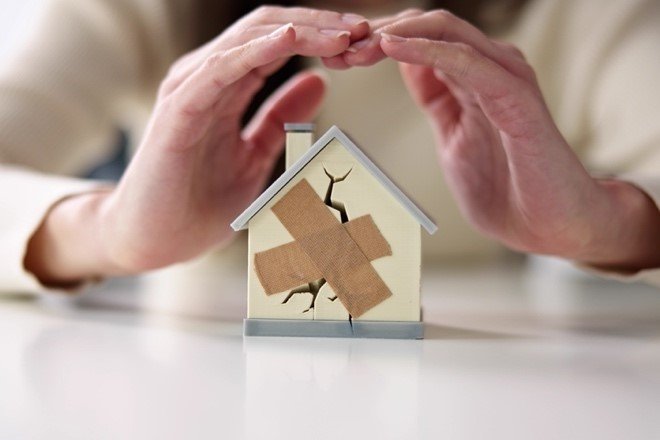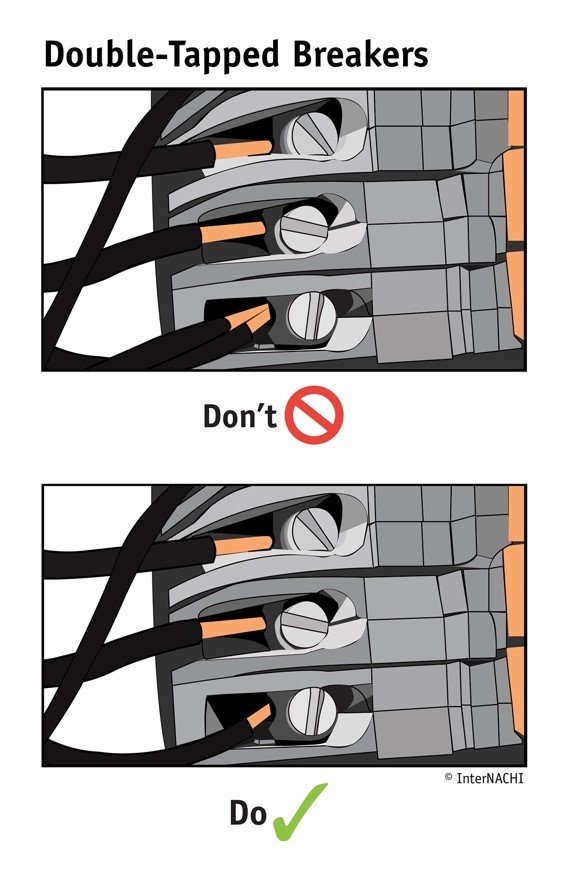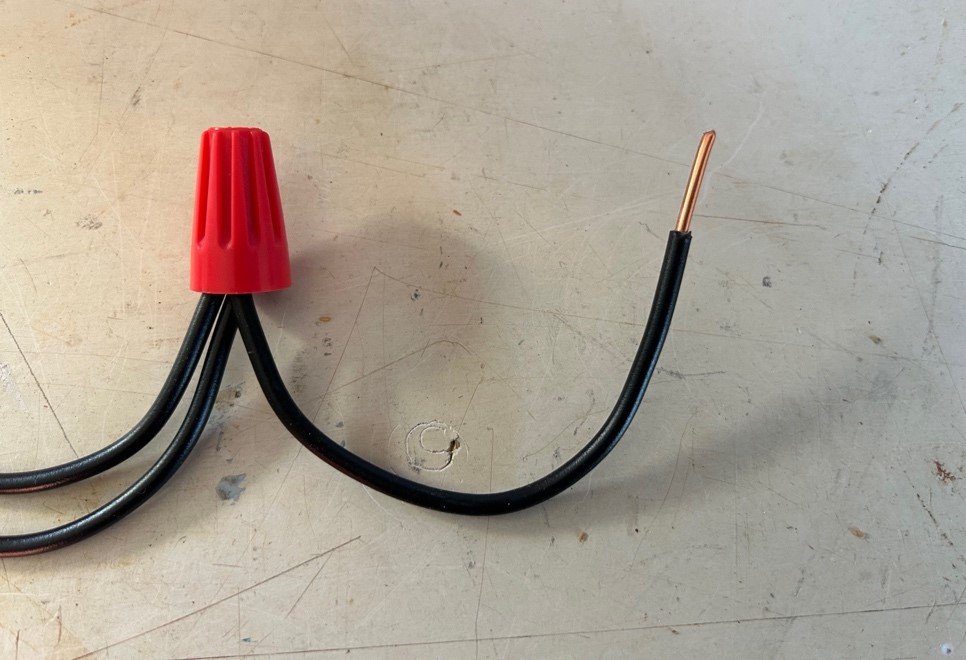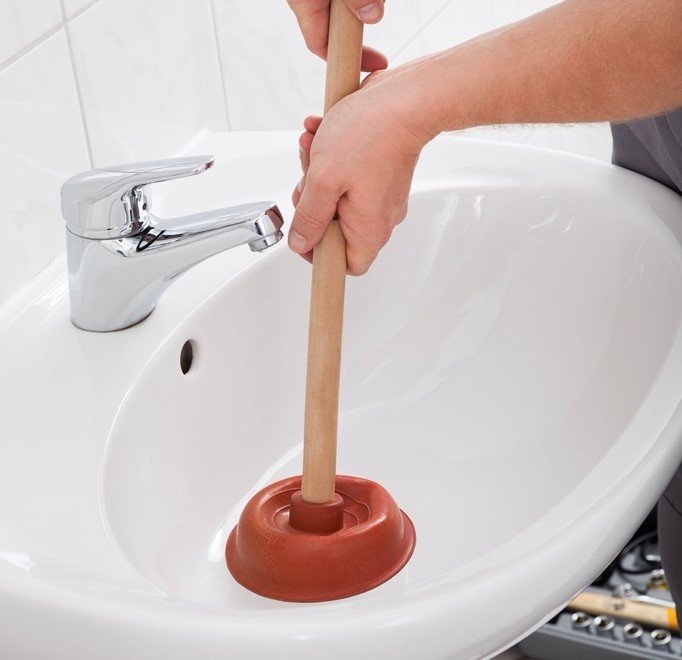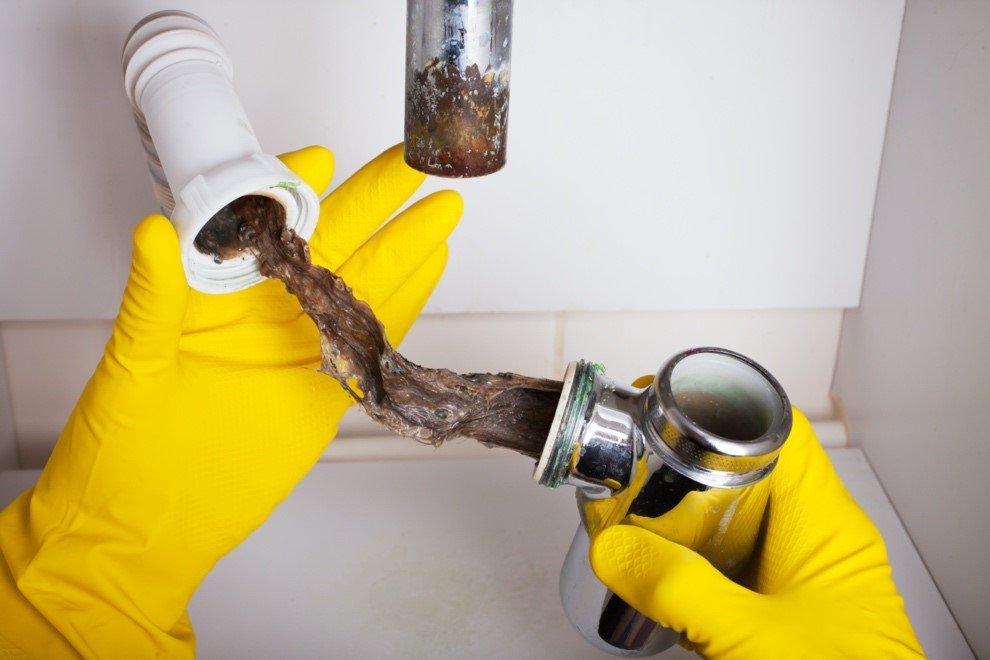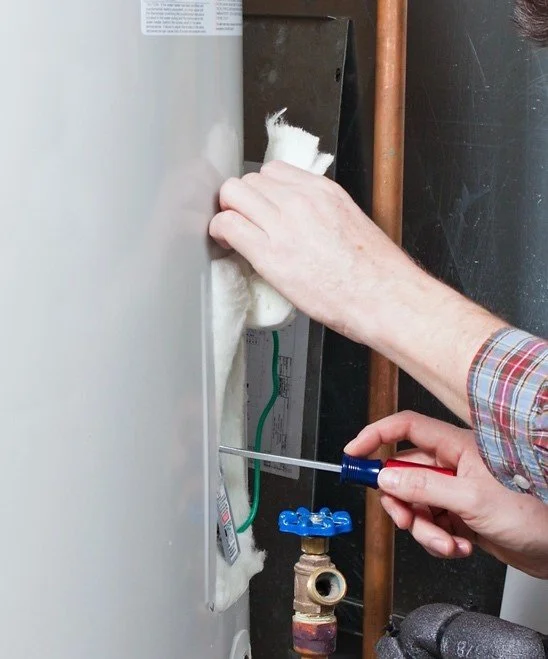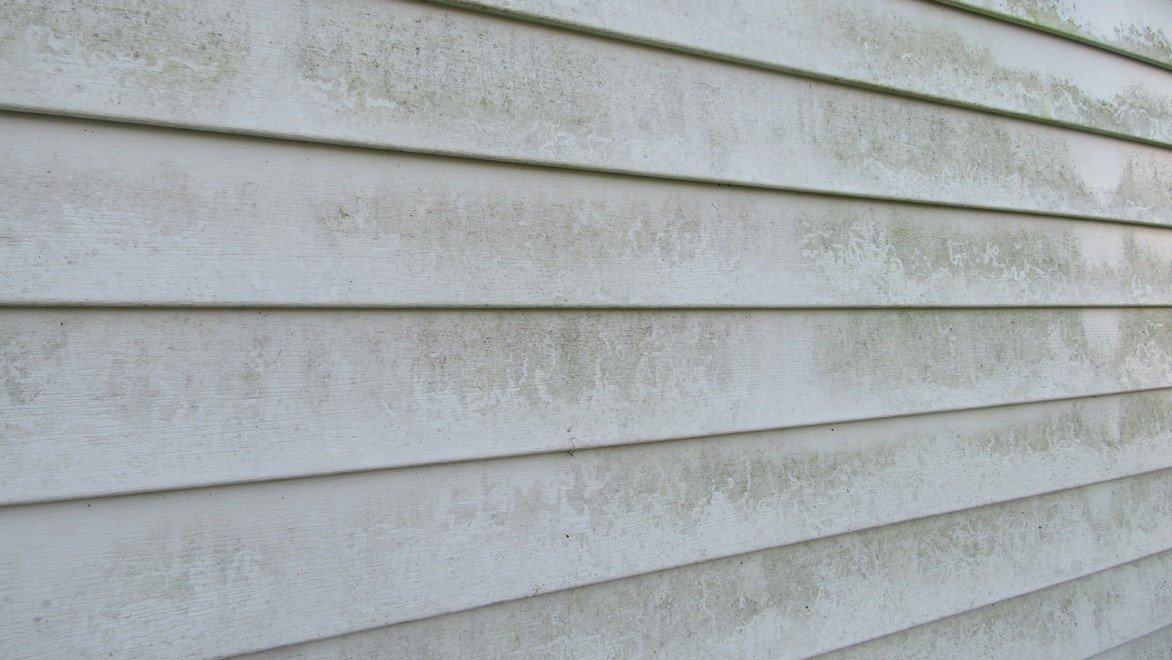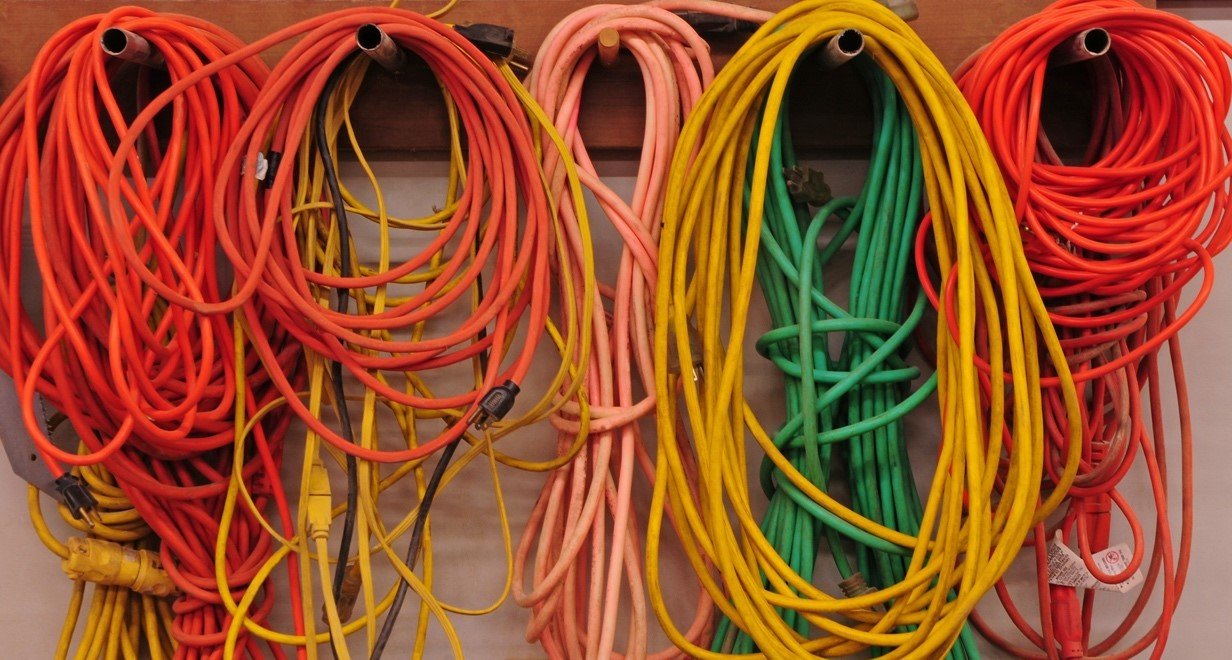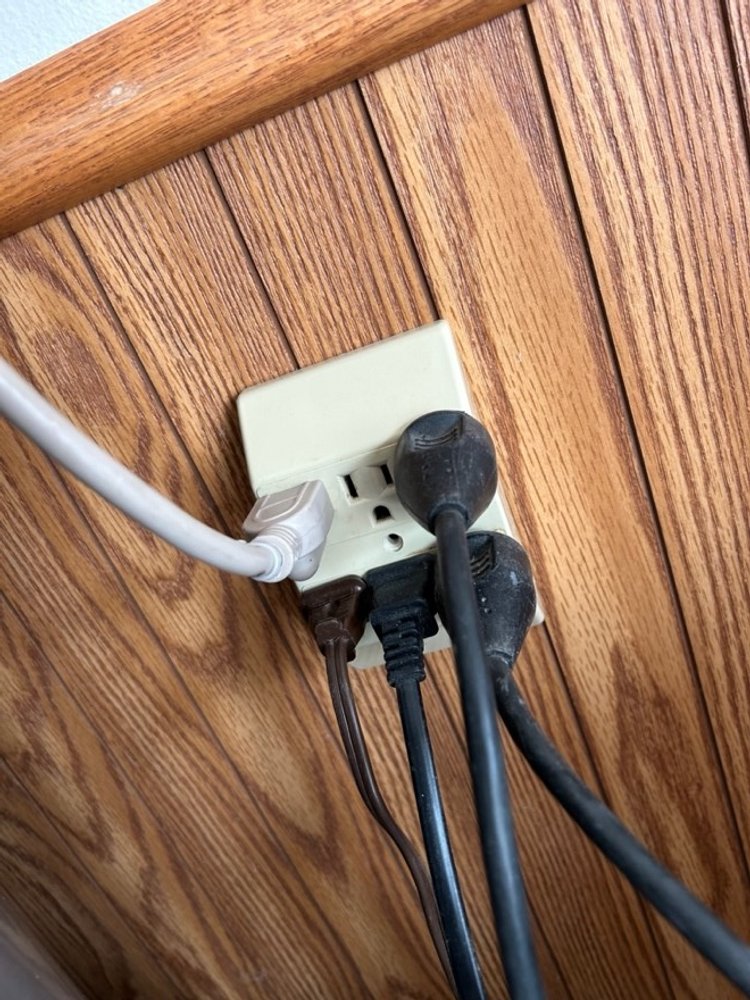This is a question I get occasionally: What is the difference between an appraisal and a home inspection? Sometimes, people are either misinformed or confused about the subject. Take it from the specialists at HomePro Inspections; each process and its outcome are quite different.
A home inspector and appraiser looking at a home from a different perspective
A few years ago, a client called and told me that he couldn’t find the value of his new home anywhere on the inspection report. He was concerned that defects were called out and that there was no reference as to how that affected the home's value. After some discussion, he acknowledged that what a friend had told him regarding a home inspection and an appraisal was incorrect and thanked me for explaining the actual differences.
Both the home inspection and the appraisal are essential steps in the home-buying process. They are also significantly different.
A home inspection is a primarily visual examination of the home's major structure, systems, and components that are visible and safely accessible. A home inspection helps to protect a home buyer from buying the proverbial “money pit.”
A home appraisal is a process through which a real estate appraiser determines the fair market value of a home. An appraisal protects the lenders from providing a mortgage that exceeds the value of a property.
Home Inspection
A home inspection provides a potential home buyer with a nonbiased evaluation of the condition of a home's major systems, structure, and components. For a fraction of the cost of the home being purchased, a home inspection will help to reveal a variety of issues or problems that may be missed by potential buyers. A home inspector is trained to objectively evaluate components of your home and document any defects found in the process.
At HomePro inspections, we will document any defects found during the home inspection process. In addition, we also document positive attributes of the home. Our home inspectors feel it is important to share what is good about the home.
The Home Inspection Process
Finding the right home inspector is the first step. Whether you take a recommendation from a friend, a realtor, or from searching online, do your research. Check out their reviews, their experience, and the services they provide.
There are many considerations when choosing a home inspector. Below are some questions you may want to ask regarding their services:
· What are the home inspector’s credentials and years in the business?
· Do you have an example of an inspection report that I can review?
· What do you look at during the home inspection?
· Can I attend the home inspection?
· How long does it take to get the completed report?
· Is the home inspector available for follow-up questions after the home inspection?
Prior to the home inspection, you should receive an inspection agreement that clearly states the scope of the home inspection. It is essential that you take the time to read and understand your home inspection agreement and sign it before the home inspection is performed.
Most home inspectors spend anywhere from 2 to 4 hours on site. There are many factors that will affect the length of time for the home inspection, such as:
· Condition of the home
· Age of the home
· Size of the home
Once you have your home inspection report, you should work with your realtor to discuss how you want to handle any documented issues. Your realtor can guide you with options that may include asking the seller to lower the sale price, requesting resolution on some or all of the issues, or simply walking away from the deal if there are more issues than you bargained for. Again, work with your realtor and their professional recommendations in your negotiations.
The Appraisal Process
The home appraisal process involves a real estate appraiser walking through and around the home to gather information to help them gauge the home's value. The appraiser’s job is to determine the fair market value of the home.
If there is a mortgage involved, the bank will require an appraisal. Lenders will make their lending decisions based on that market value. The appraisal protects the lender and you from paying more for a home than what it is worth.
Depending on the complexity of the home, an appraisal can take anywhere from 30 minutes to several hours on site.
In addition to the on-site evaluation, the appraisal process involves extensive market analysis and research. The appraiser will look for recently sold homes similar to the appraised home. Location, positive attributes, square footage, amenities, bedrooms, bathrooms, etc., as well as deficiencies or detractors to the property, are all considered in the market analysis.
Positive attributes may include:
· Location
· Schools
· Landscaping
· Granite countertops
· Hardwood floors
· Other luxuries
Detractors may include:
· Location
· Deferred maintenance
· Lingering pet or smoking odors
· Water damage
· Drainage issues
Summary:
As you can see, an appraisal and a home inspection are two entirely different steps in the home-buying process. Each has its own purpose and is there to protect consumers and lenders. Hopefully, the summaries above will help you understand the differences better.
At HomePro Inspections, our home inspectors are trained to inspect all areas of the home. Any issues found are documented in your home inspection report and recommended for resolution by yourself or a qualified professional.
Visit our website to learn more or to schedule your home inspection in the Rochester, Owatonna, and Faribault, MN areas. You can contact us today at (507) 202-8942 or use our online “Schedule Now” feature to schedule an appointment.












